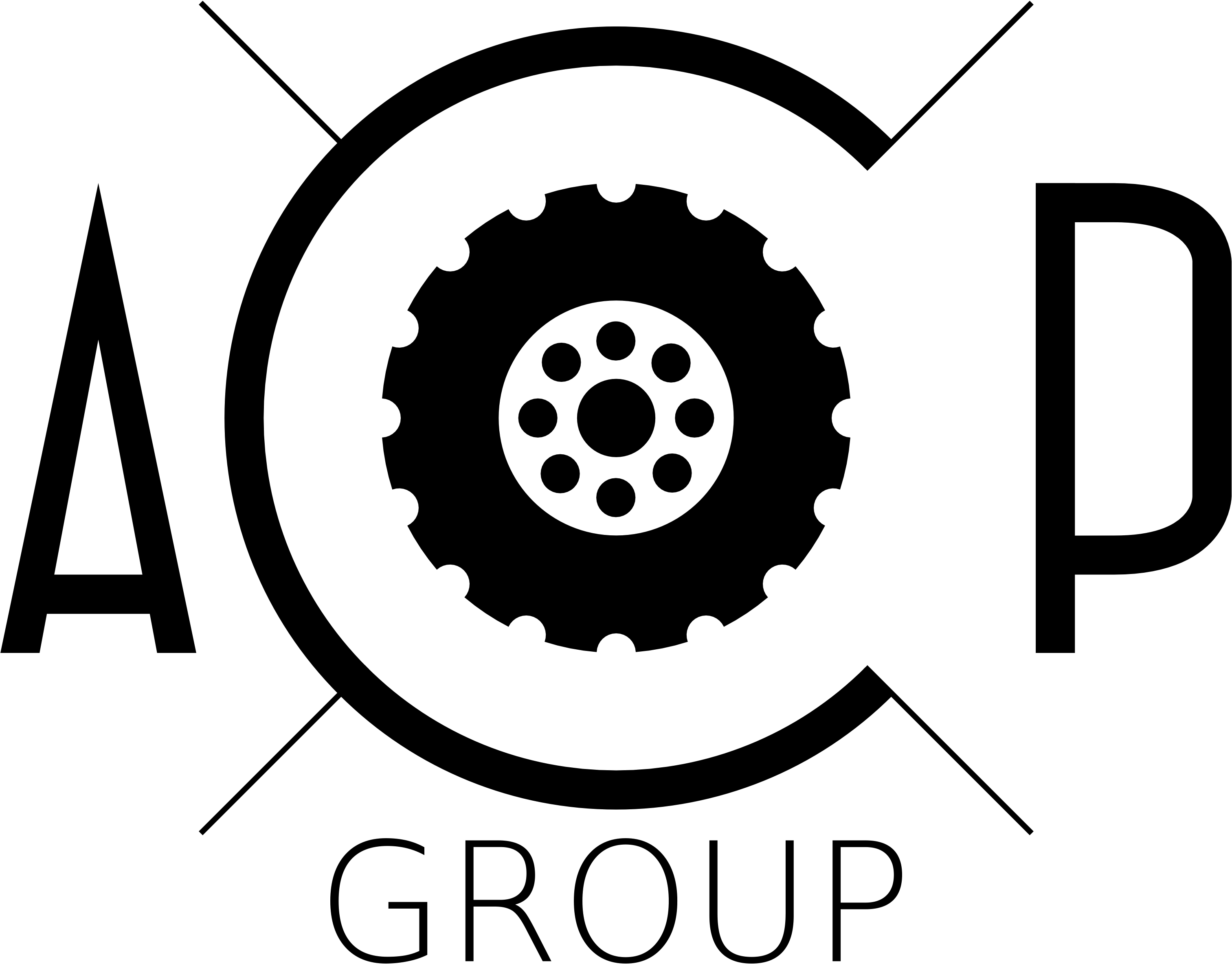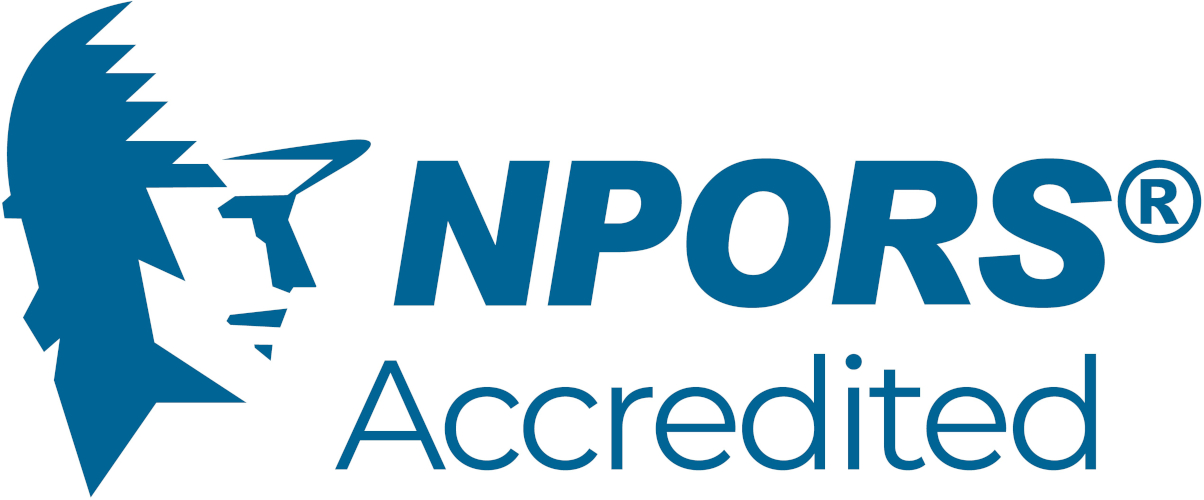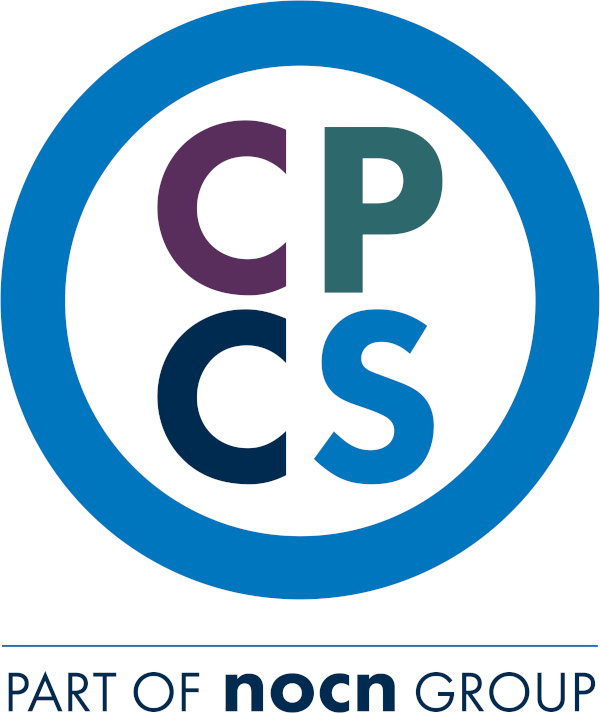Here are the theory test questions for A16 Industrial Forklift Truck.
During the theory test you'll be asked a maximum of 40 questions.
Please note that your paper will include all the questions we have marked here with an asterisk *. In addition you will have a random selection of the other questions that are not marked here with an asterisk.
These questions will appear on every A16 paper
If fitting an attachment (e.g. a drum clamp), why would a forklift need to be de-rated? (2 marks)*
Explain THREE checks that should be made to the mast lift chains. (3 marks)*
When placing onto or lifting a load from a loading out tower or rack:
a) why must the forklift’s handbrake be on and the transmission in neutral and
b) what would be the consequences if this was not done? (4 marks)*
What should be known about the loading out tower or racking before placing loads? (2 marks)*
When working in a confined area or space, name THREE dangers that can be present. (3 marks)*
If changing an LPG cylinder, state THREE specific precautions to be observed. (3 marks)*
Before travelling with a physically large load, name FIVE factors that must be taken into account by the operator before moving. (5 marks)*
Before loading an uncoupled trailer, what THREE precautions must be taken? (3 marks)*
What THREE items must be printed on a forklift's rating plate? (3 marks)*
Which parts of the forklift is the load centre usually measured from? (1 marks)*
If placing a variety of loads onto a rigid, flatbed transporter, where should the heaviest loads be placed? (2 marks)*
What are FOUR safety checks that should be made before loading or unloading a suitable vehicle? (4 marks)*
Name FOUR factors to consider and know before picking up a load. (4 marks)*
What are the THREE actions or stages that a forklift operator undertakes during pre-use inspections? (3 marks)*
If setting up to lift and move loads in a pedestrianised area, state THREE factors that need to be taken into account. (3 marks)*
A random selection of these questions will appear on each A16 paper
A manufacturer must give recommendations on how to travel a forklift up and down inclines.
If this information is not known first hand, what is the general rule about travelling up and down slopes? (2 marks)
a) What is meant by the lifting or rated capacity of the forklift and
b) who determines it? (2 marks)
a) What THREE checks would be made specifically to the batteries and
b) what specific PPE would be worn? (5 marks)
What is the best method of driving the forklift across humps, drainage gullies etc.? (1 marks)
How is it possible that forklifts can still tip over, even when travelling on gentle gradients, are not overloaded and not being driven at excessive speed? (3 marks)
Why must the seat belt be worn, even though a ROPS frame is fitted? (2 marks)
What is the purpose of a roll or ROPS frame? (2 marks)
Name FOUR ways that wet weather can affect forklift operations. (4 marks)
Name THREE conditions that mirrors on the machine must be in. (3 marks)
If the load centre of the load is longer (increased) than stipulated for the model of forklift, what effect does it have on the lifting capacity of the machine? (3 marks)
When working in a confined area or space:
a) what danger can be present with regards to the counterweight of the forklift,
b) when should measures be taken and
c) what measures should be implemented? (3 marks)
Before picking up a load, why should the forks be equally spaced or distanced on the carriage? (1 marks)
The operator has been asked to drive the machine onto a transporter/trailer.
a) Who is responsible for the loading operations and
b) state FOUR actions to be considered by the operator before loading commences? (3 marks)
Give FOUR reasons that may cause the forklift to tip over sideways. (4 marks)
When parking the machine at the end of the shift, name THREE places where the machine should NOT be parked. (3 marks)
a) What is the minimum distance allowed near open trenches when travelling with a forklift and
b) explain why? (2 marks)
After placing a load, who is responsible for ensuring the load is safe? (1 marks)
What is a possible consequence of using a pneumatic tyre with a deep cut in the sidewall? (1 marks)
In what situation does a hard hat NOT need to be worn when operating a forklift? (2 marks)
Compared to a duplex (double) mast:
a) why would a triplex mast be fitted/used and
b) what disadvantage does the mast have over the duplex? (2 marks)
Forklift operations fall within the scope of the Lifting Operations and Lifting Equipment Regulations (LOLER) 1998. Name TWO requirements of the act with regards to lifting. (2 marks)
As a lifting machine, the forklift must be thoroughly examined.
a) What is the purpose of the examination and
b) who would carry out the examination? (2 marks)
Give FOUR reasons that may cause the machine to tip forwards. (4 marks)
State FOUR checks that should be made to the forks. (4 marks)
If checking the oil level using a dipstick, why must gloves be worn? (1 marks)
Before manually changing any attachment:
a) where should the attachment be positioned (in relation to the ground) and
b) why? (2 marks)
On an IC engine forklift, during work, the engine starts to overheat. Explain the danger if someone tries to remove the radiator or expansion tank cap. (2 marks)
What problems and hazards can soft ground cause to a loaded forklift? (2 marks)
a) What determines the minimum distances that any part of plant and machinery has to be kept from over head electricity lines and
b) explain why a distance should be kept. (4 marks)
State the possible effect of lifting a load when facing downhill on a slope. (1 marks)
What is the purpose of the counterweight of the machine? (1 marks)
a) What is meant by the load centre and
b) why must it be known for each lift? (2 marks)
Name TWO factors that determine the weight of a load. (2 marks)
Give THREE reasons why it is important that a forklift is not leaning sideways before attempting to lift or place a load. (3 marks)
The operator has to use a new type of forklift that they are unfamiliar with. What do Regulations (i.e. PUWER 98) and other guidance require the operator to have? (3 marks)
Why should a diesel-engine forklift be re-fuelled at the end of the day? (1 marks)
Before leaving the cab for a rest break, after parking and switching off the machine, what final action must be carried out? (2 marks)
End of questions for A16 Industrial Forklift Truck


